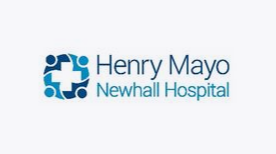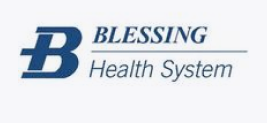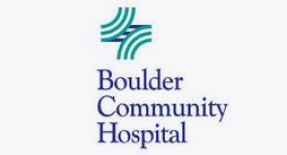April 28, 2022
Consumer-Driven Healthcare: What can hospitals learn from the retail industry?

What will your health system look like in the next five to 10 years? Do you think the taxi industry had any idea that a startup called Uber would drastically shift their industry when their executives sat down for strategy sessions back in 2008?
In the last 12-months, the senior executives at both small and large health systems have urgently realized that they need to have a better understanding of how to improve their services and become more consumer-centric.
The term to describe the patient’s involvement in their healthcare choices and experiences has changed over time, with labels such as Retail Healthcare, Consumer-Driven Healthcare, and Patient-Centered Healthcare. Regardless of the name, the underlying goal are the same: hospital systems are looking for ways that they can provide a positive and rewarding consumer experience at every level of care, design, and implementation and across all service lines.
The first step in formulating and executing a consumer-centric healthcare plan begins by recognizing your patients as consumers and your need to engage with them as such. In a JLL white paper on bricks & mortar expansion ideas for hospitals, JLL promotes that one of the best ways to do this is to look at your patient-consumer strategy with the same approach that retailers use.
The main lesson from retail, which should be the starting point for hospital systems, is gaining an understanding of the different patient-consumer segments within your service areas. The most successful retailers devote a lot of resources to understanding their consumer’s demographic and psycho-graphic makeup. The result is an astonishingly accurate customer profile, which guides the retailer toward potential expansion markets, and provides the ability to evaluate store profitability, predict revenue, evaluate competition and analyze changing consumer trends. This data and market segmentation gives management the ability to strategically focus their resources on select and targeted initiatives.
The same lesson on segmentation should also apply to healthcare. Senior hospital executives will have a better understanding of their hospital’s service lines and ambulatory businesses if they look at the larger retail landscape and ask themselves some questions. These might include:
- What comparisons can we draw between how our patients choose their healthcare services and how they make their retail purchases?
- Is there a retailer that has a similar consumer profile to ours?
- What retailers have seen the greatest success in our market and are there any similarities between their customers and ours?
- How do our patient-consumers differ in demographics and psycho-graphics to our main competitors?
The answer to these questions will shed light on how best to reach and influence your patients.
If you would like more insight into how we can help you determine what types of services that your consumers might be looking for, then please contact us.











